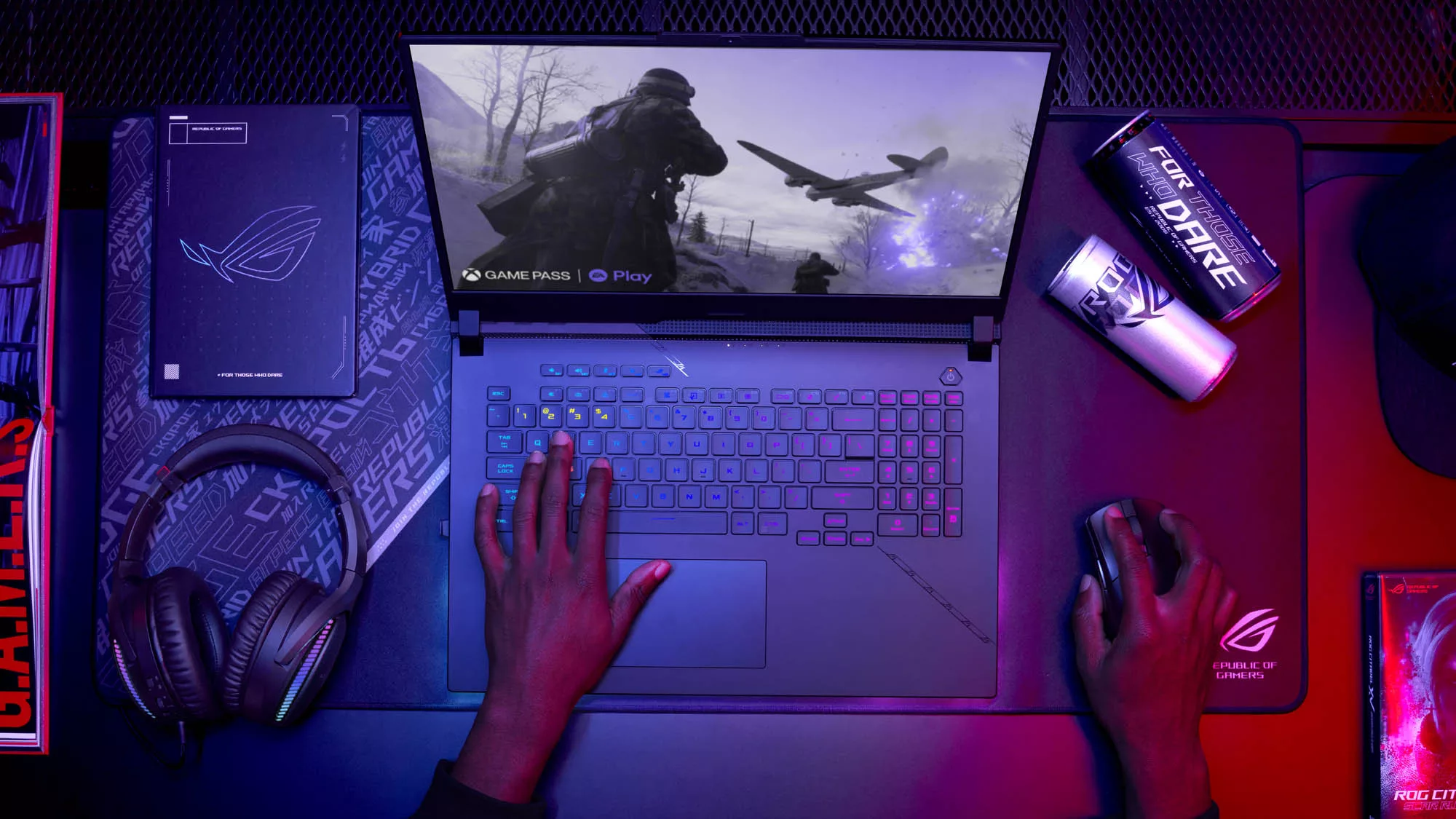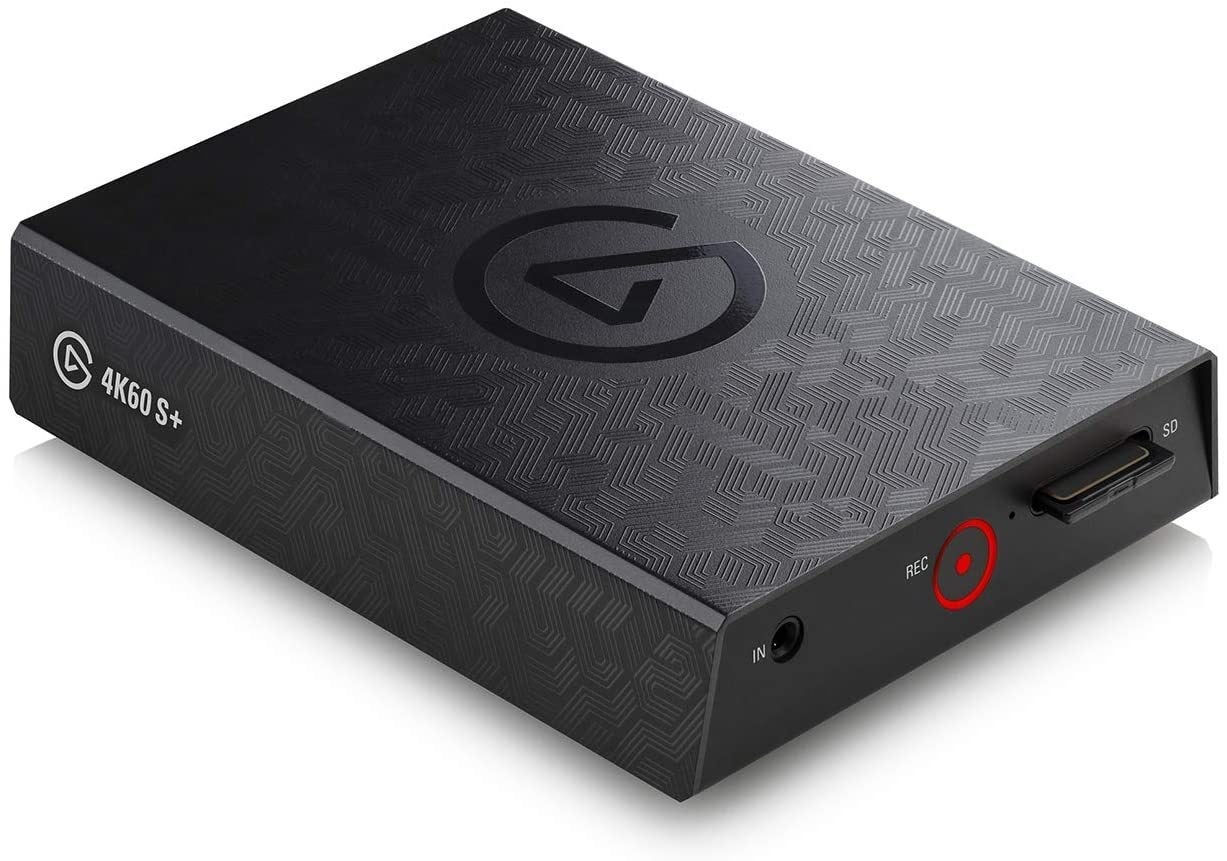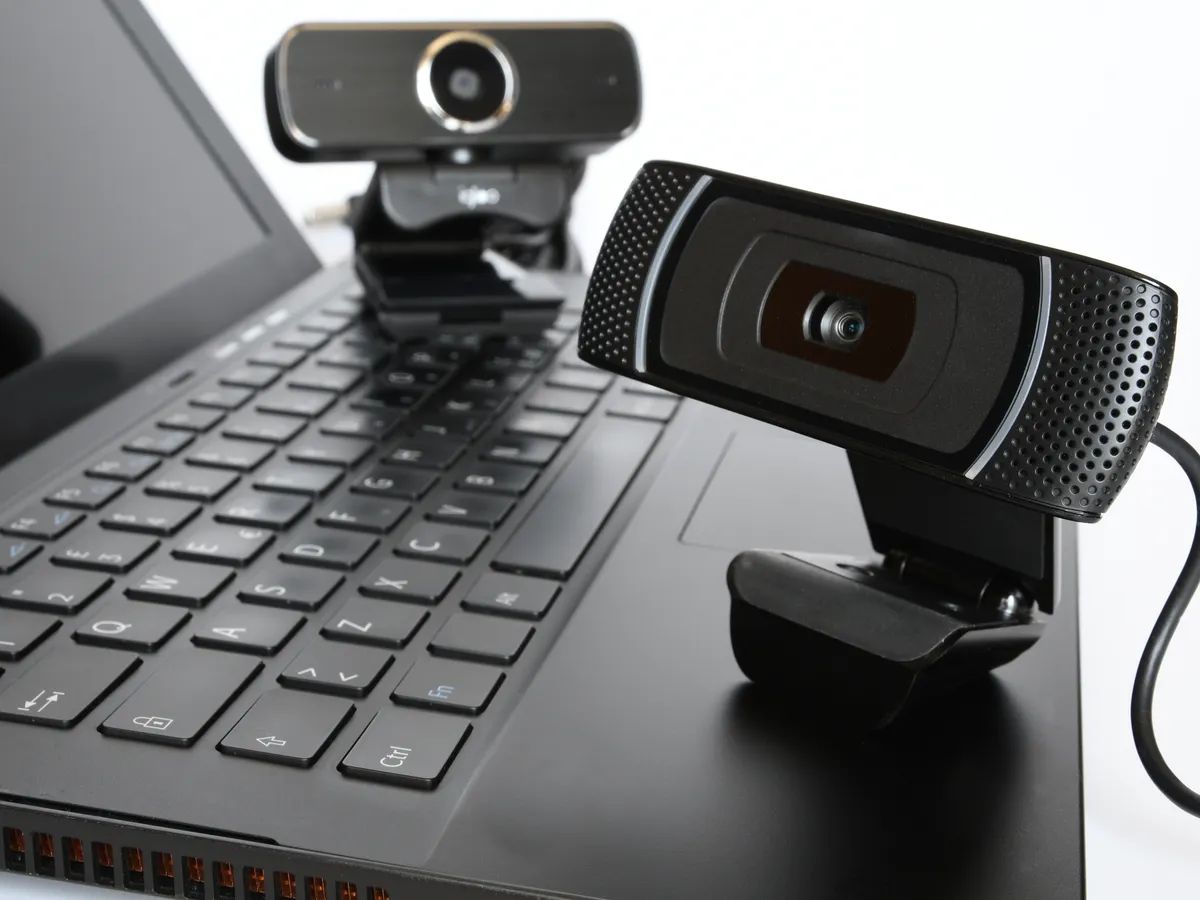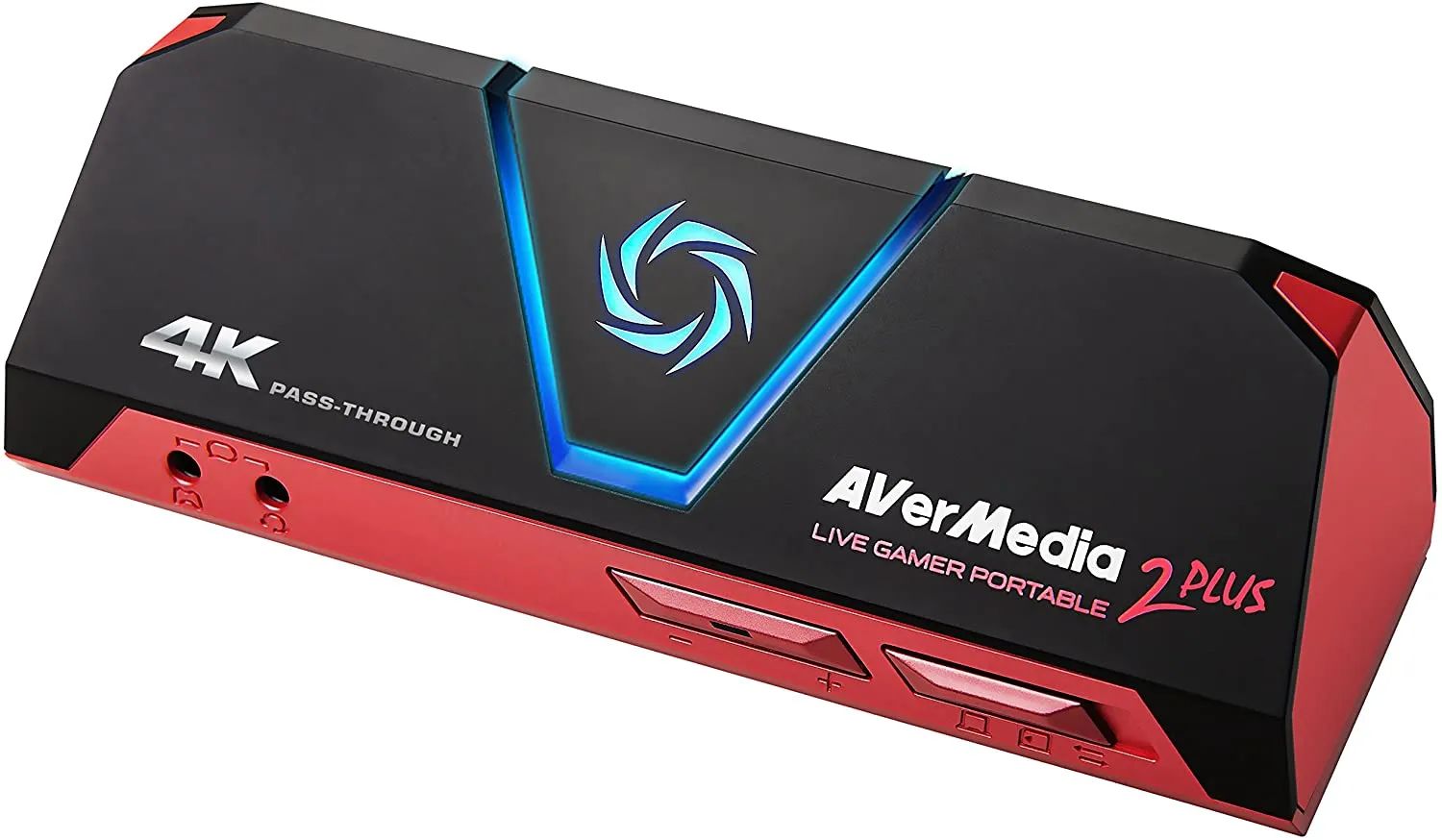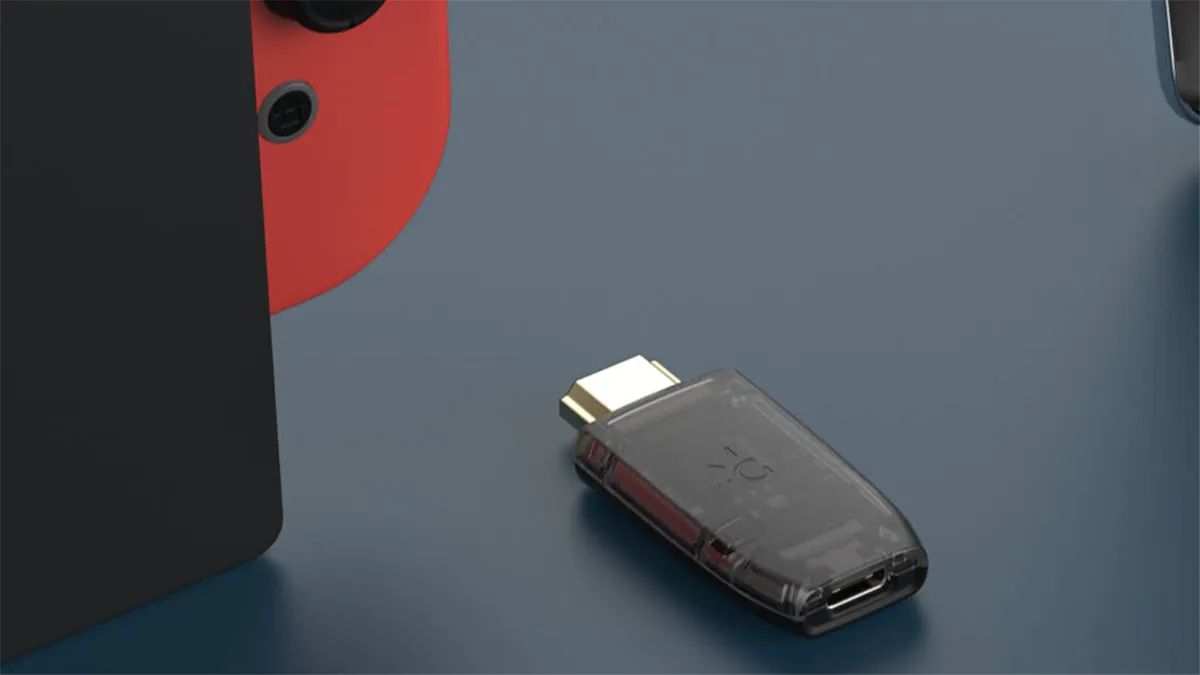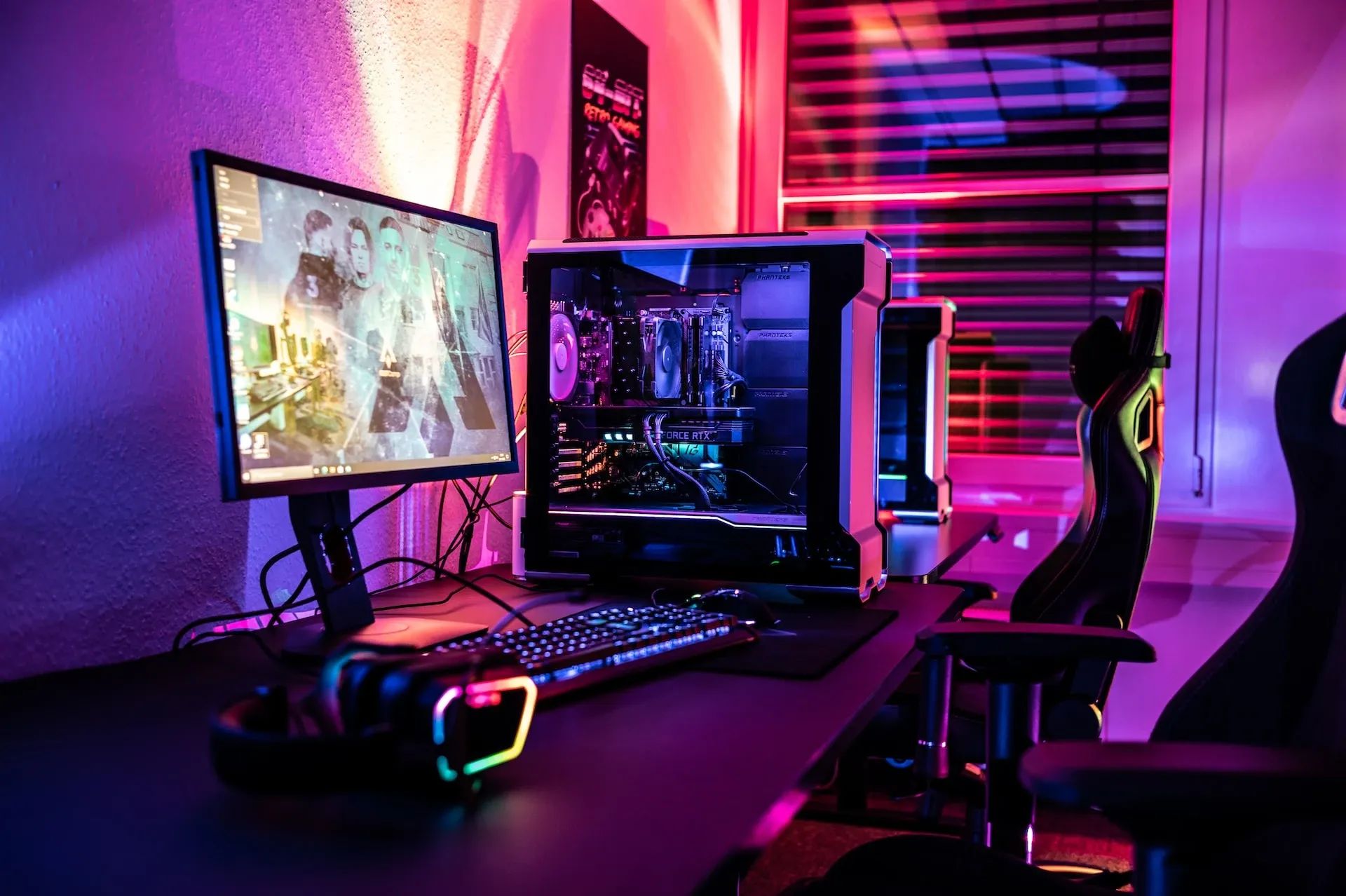Introduction
Gaming laptops are designed to provide an immersive and high-performance gaming experience that rivals traditional desktop setups. However, it can be frustrating when your gaming laptop starts to exhibit low FPS (Frames Per Second), causing choppy gameplay and diminishing the overall experience. Understanding the reasons behind this issue can help you troubleshoot and optimize your system for optimal gaming performance. In this article, we will explore why your gaming laptop may have low FPS and how to address it.
FPS is a measure of the number of frames that are displayed per second in a video game. Higher FPS values result in smoother gameplay, while lower FPS values may result in lag, slow response times, and reduced visual quality. In the gaming world, every frame counts, especially in fast-paced games where split-second decisions can make all the difference.
Several factors can contribute to low FPS on a gaming laptop. These include insufficient system requirements, overheating, outdated drivers, background processes and applications, malware or viruses, and improper graphics settings. Let’s delve deeper into these factors and explore how they can affect the FPS on your gaming laptop.
Definition of FPS
Before diving into the reasons behind low FPS on a gaming laptop, let’s first understand what FPS means. FPS stands for Frames Per Second, and it is a measurement used to assess the smoothness of motion in a video game or any other form of animation. It refers to the number of individual frames that are displayed and refreshed on the screen per second.
In gaming, FPS is a crucial factor as it directly impacts the gameplay experience. The higher the FPS, the smoother and more responsive the game will be. Conversely, a low FPS can result in lag, stuttering, and delays, making the game feel sluggish and reducing the overall visual quality.
Typically, to achieve a smooth gaming experience, most players strive to maintain a stable FPS of at least 60 frames per second. However, professional gamers and those who play fast-paced competitive games often target higher FPS values, sometimes even up to 144 FPS or more, to ensure optimum responsiveness.
It’s important to note that achieving higher FPS requires not only a capable gaming laptop but also a well-optimized game and appropriate settings. Factors such as graphics card capabilities, system specifications, and in-game graphics settings can all affect the FPS output on your gaming laptop.
Now that we have a clear understanding of what FPS represents and its significance in gaming, let’s explore the potential factors that can cause low FPS on a gaming laptop and how to address them effectively.
Factors that Affect FPS
Several factors can contribute to low FPS on a gaming laptop. Understanding these factors will help you identify the root cause of the problem and implement appropriate solutions. Here are some common factors that can affect FPS:
- Insufficient System Requirements: Gaming laptops have specific hardware requirements to run games smoothly. If your laptop does not meet these requirements, it may struggle to deliver high FPS. Insufficient RAM, an outdated graphics card, or a slower processor can all limit your laptop’s ability to handle demanding games.
- Overheating: Gaming laptops are prone to overheating due to their intense processing power. When the laptop’s temperature rises, it can lead to throttling, where the CPU and GPU automatically reduce their performance to prevent damage. This can result in lower FPS during gameplay. Make sure your laptop’s cooling system is functioning properly and consider using a cooling pad or an external cooling solution to mitigate overheating issues.
- Outdated Drivers: Drivers play a crucial role in ensuring optimal performance and compatibility between the operating system, hardware components, and games. Outdated or incompatible drivers can negatively impact FPS. Regularly updating your drivers, especially graphics drivers, helps resolve compatibility issues and can potentially improve FPS.
- Background Processes and Applications: Running multiple background processes or resource-intensive applications alongside a game can consume system resources and impact FPS. Close unnecessary applications and disable non-essential startup processes to free up system resources for gaming.
- Malware or Viruses: Malware and viruses can cause a significant strain on system resources, resulting in lower overall performance, including FPS. Conduct regular malware scans and ensure your laptop is protected by reliable antivirus software to keep your system clean and optimized.
- Graphics Settings: In-game graphics settings can greatly impact FPS. High-resolution textures, anti-aliasing, and other graphics-intensive settings can strain the GPU and lead to lower FPS. Adjusting these settings to a lower level can help improve FPS without sacrificing too much on visual quality.
Identifying and addressing these factors that affect FPS on your gaming laptop is crucial for an optimal gaming experience. In the following sections, we will explore each factor in more detail and provide practical solutions to tackle low FPS effectively.
Insufficient System Requirements
One of the primary reasons for low FPS on a gaming laptop is having insufficient system requirements. Gaming laptops have specific hardware specifications that need to be met in order to run games smoothly. If your laptop falls short in terms of RAM, graphics card, or processor power, it may struggle to generate high FPS during gameplay.
RAM (Random Access Memory) is crucial for running games smoothly, especially when dealing with complex environments and high-resolution textures. Insufficient RAM can lead to slower loading times, lag, and lower FPS. It is recommended to have at least 8GB of RAM for most modern games, but if you’re playing more demanding titles, such as AAA games, upgrading to 16GB or even 32GB can significantly improve performance.
The graphics card, or GPU (Graphics Processing Unit), is another critical component for gaming performance. If your laptop has an outdated or entry-level graphics card, it may struggle to render graphics efficiently, resulting in lower FPS. Upgrading to a more powerful graphics card can help improve FPS and overall visual quality. Additionally, ensure that your graphics card drivers are up to date, as outdated drivers can hinder performance.
The CPU (Central Processing Unit) is responsible for processing game logic and instructions. If your laptop has a slower processor, it may struggle to keep up with the demands of modern games, leading to lower FPS. Upgrading to a faster CPU can help alleviate this issue. However, it is important to note that upgrading laptop CPUs can be a complex process and may not be possible on all models.
To determine whether your laptop meets the minimum system requirements for a specific game, consult the game’s official website or the system requirements listed on the game’s packaging. If your laptop falls short of the recommended requirements, consider upgrading the necessary components or adjusting the game’s graphics settings to a lower level to achieve smoother gameplay.
Remember that while upgrading hardware components can improve gaming performance, it is important to ensure compatibility with your laptop model and seek professional assistance if needed. Additionally, regular maintenance, such as keeping your laptop free from dust and optimizing system settings, can also help improve overall performance and FPS.
Overheating
Overheating is a common issue faced by gaming laptops, as they generate a significant amount of heat due to their powerful hardware components. When a laptop overheats, it can result in performance throttling, where the CPU and GPU reduce their processing power to prevent damage, leading to lower FPS during gameplay.
Several factors can contribute to overheating, including inadequate cooling systems, blocked air vents, and prolonged, intensive gaming sessions. To address overheating and improve FPS, consider the following steps:
- Clean Air Vents and Fans: Over time, dust and debris can accumulate in the air vents and fans of your gaming laptop, obstructing airflow and causing the system to overheat. Regularly clean these areas using compressed air or a soft brush to ensure optimal cooling.
- Use a Cooling Pad or Stand: Utilizing a cooling pad or stand can help improve airflow around your laptop. These accessories often come with built-in fans or passive cooling mechanisms that aid in dissipating heat and reducing the overall temperature of the laptop.
- Adjust Power Settings: Lowering the power settings of your laptop, such as reducing the maximum processor state or enabling power-saving mode, can help manage heat generation. While this may lead to a slight decrease in overall performance, it can prevent excessive heat buildup and maintain stable FPS.
- Elevate the Laptop: Raising the back of your laptop with a stand or using an inclined surface helps improve the airflow underneath the device. This allows heat to dissipate more efficiently, reducing the chances of overheating.
- Avoid Intensive Gaming Sessions: Continuous, extended gaming sessions can put a strain on your laptop’s cooling system and increase the risk of overheating. Take breaks during gameplay to allow your laptop to cool down and prevent excessive heat buildup.
- Monitor Temperatures: Install temperature monitoring software to keep an eye on the internal temperature of your laptop. If you notice temperatures consistently reaching high levels, consider consulting a professional or contacting the laptop manufacturer for further assistance.
By taking these steps to address overheating, you can help maintain stable FPS and ensure optimal gaming performance on your laptop. Remember, proper cooling is essential not only for better FPS but also for the longevity and health of your gaming laptop’s hardware components.
Outdated Drivers
Outdated drivers can significantly impact gaming performance, including FPS. Drivers act as a communication bridge between the operating system, hardware components, and software applications, ensuring smooth and efficient operation. When drivers become outdated, compatibility issues may arise, resulting in lower FPS and overall performance degradation.
To address the issue of outdated drivers and improve FPS on your gaming laptop, follow these steps:
- Graphics Drivers: Graphics card drivers are particularly crucial for gaming performance. Visit the official website of your graphics card manufacturer (such as NVIDIA or AMD) and download the latest drivers for your specific card model. Regularly updating these drivers can provide performance optimizations and fix compatibility issues that may be hindering your FPS.
- Chipset and Motherboard Drivers: Ensure that your laptop’s chipset and motherboard drivers are up to date. These drivers are responsible for smooth communication between the hardware components and the operating system. Visit the laptop manufacturer’s website and search for the latest drivers relevant to your specific laptop model.
- Peripheral Drivers: If you use external gaming peripherals such as mice, keyboards, or controllers, make sure you have the latest drivers for these devices. Manufacturers often release updated drivers that provide better compatibility and performance for gaming.
- Automatic Driver Updaters: Consider using automatic driver updater software to streamline the process of keeping your drivers up to date. These tools can scan your system, identify outdated drivers, and automatically download the latest versions.
- Manual Driver Updates: If you prefer a more hands-on approach, you can manually update your drivers by visiting the respective manufacturer’s websites and downloading the latest drivers for your specific hardware components.
- Driver Software Verification: Before installing any driver updates, verify the authenticity and reliability of the driver source to avoid downloading and installing potentially malicious or incompatible software. Stick to official manufacturer websites or trusted third-party sources.
Regularly updating your drivers not only improves gaming performance and FPS but also ensures a stable and optimized system. By addressing outdated drivers, you can eliminate potential conflicts and compatibility issues that may be hindering your gaming laptop’s FPS output.
Background Processes and Applications
Running unnecessary background processes and applications while gaming can consume valuable system resources and impact FPS. It is essential to minimize the number of active processes and close non-essential applications to ensure optimal gaming performance on your laptop.
Here are some steps you can take to address background processes and applications and improve FPS:
- Close Unnecessary Applications: Before launching a game, close any applications that are not required for gaming. This includes web browsers, media players, and other resource-intensive programs. These applications can consume CPU and RAM, leading to lower FPS.
- Disable Non-Essential Startup Processes: Many applications automatically start when you boot up your laptop and continue running in the background. Some of these processes may not be necessary for gaming. Use the “Task Manager” or a third-party startup manager to disable non-essential startup processes and free up system resources.
- Adjust System Power Options: Ensure that your laptop is set to a high-performance power plan. By default, power-saving plans limit the performance of the CPU and GPU to conserve battery life, which can affect FPS. Adjusting the power settings to high-performance mode can help ensure maximum performance and improve FPS during gaming.
- Monitor Resource Usage: Use system monitoring software to check the resource usage of your laptop. Identify any processes or applications that are consuming excessive CPU, RAM, or disk space. Consider closing or uninstalling those applications or finding more lightweight alternatives that have minimal impact on performance.
- Disable Windows Visual Effects: Windows operating systems come with visual effects and animations that can put a strain on system resources. Disabling or reducing these visual effects, such as animations, transparency, and shadows, can free up valuable resources and improve FPS during gaming.
- Update and Optimize Game Clients: Gaming platforms and launchers, such as Steam or Epic Games Launcher, can sometimes consume system resources in the background. Make sure you regularly update these clients to the latest version, as developers often release performance optimizations. Additionally, explore the settings in these platforms to disable auto-updates, background downloads, and other resource-intensive features.
By minimizing background processes and applications, you can allocate more system resources to the game, improving overall gaming performance and FPS. It is always a good practice to ensure that your focus is solely on the gaming experience and that unnecessary background activities are kept to a minimum.
Malware or Viruses
Malware and viruses can have a significant impact on the performance of your gaming laptop, including FPS. These malicious entities can consume system resources, disrupt normal operations, and compromise the stability of your system, ultimately leading to lower FPS during gameplay.
To address the issue of malware or viruses and improve FPS on your gaming laptop, follow these steps:
- Install Antivirus Software: Ensure that your gaming laptop is equipped with reliable antivirus software. Regularly update the antivirus program and perform full system scans to detect and remove any malware or viruses that may be present.
- Enable Real-Time Protection: Enable the real-time protection feature of your antivirus software. This feature actively monitors your system and provides immediate protection against malware and viruses, preventing them from running and infecting your laptop.
- Be Cautious of Downloads: Exercise caution when downloading files or software from unknown sources or suspicious websites. Only download content from trusted sources to minimize the risk of accidentally installing malware or viruses.
- Update Operating System and Software: Keep your operating system and all installed software up to date with the latest security patches and updates. Developers often release updates to fix security vulnerabilities and protect against new malware threats.
- Beware of Phishing Attempts: Be vigilant against phishing attempts, especially through emails or suspicious links. Avoid clicking on suspicious links or providing personal information unless you are certain of the source’s authenticity. Phishing attempts can trick you into downloading malware or providing access to your system.
- Regularly Backup Your Data: Create a routine for backing up your important files and data. In case your system becomes infected with malware, you can restore your files without losing valuable data. Consider using cloud storage services or external hard drives for secure backups.
By implementing these measures, you can reduce the risk of malware or viruses impacting your gaming laptop’s performance. A clean and secure system allows your laptop to allocate resources efficiently for gaming, resulting in improved FPS and a smoother gaming experience.
Graphics Settings
The graphics settings within a game can have a significant impact on FPS. High-resolution textures, anti-aliasing, and other graphics-intensive settings can put a strain on your gaming laptop’s GPU, leading to lower FPS. Optimizing the graphics settings can help improve performance without sacrificing too much on visual quality. Here are some steps to optimize graphics settings for better FPS:
- Lower Graphics Quality: Many modern games offer different graphics presets, such as low, medium, high, or ultra. Adjusting the graphics quality to a lower setting can significantly improve FPS. Experiment with different presets to find the right balance between performance and visual quality.
- Resolution and Scaling: Lowering the resolution at which the game is rendered can have a substantial impact on FPS. Decrease the game’s resolution to a level that maintains acceptable visual quality while providing smoother gameplay. Additionally, disable resolution scaling, which can dynamically adjust the resolution, as it can impact performance.
- Disable Anti-Aliasing: Anti-aliasing is a graphics technique used to smooth jagged edges. However, it can be resource-intensive. Disabling or reducing anti-aliasing settings can help improve FPS without a significant impact on visual quality.
- Texture Quality: Lowering the texture quality can free up GPU resources and improve FPS. Choose a lower texture quality option within the game’s settings, keeping in mind that it may slightly reduce visual details.
- Shadow and Lighting Effects: Shadow and lighting effects can be demanding on the GPU. Adjust these settings to a lower level or disable them entirely to boost FPS. While it may affect the visual ambiance, it can significantly improve performance.
- Disable V-Sync: Vertical Sync (V-Sync) synchronizes the game’s FPS with the refresh rate of your monitor. While it can prevent screen tearing, it can also limit FPS and introduce input lag. Disabling V-Sync can increase FPS but may result in minor screen tearing.
- Background Applications: Ensure that there are no background applications or software overlays, such as Discord or recording software, that may be running during gaming. These applications can impact CPU and GPU performance, leading to lower FPS. Close them before launching the game to maximize resources for gaming.
Remember to balance your desire for higher FPS with the visual quality and gaming experience you prefer. Experiment with different settings to find the optimal balance that suits your preferences and ensures smooth gameplay on your gaming laptop.
Conclusion
Low FPS on a gaming laptop can be frustrating, but understanding the factors that contribute to this issue can help you address it effectively. Insufficient system requirements, overheating, outdated drivers, background processes and applications, malware or viruses, and graphics settings are all potential culprits for low FPS.
To improve FPS on your gaming laptop, ensure that your system meets the minimum requirements for the games you want to play. Upgrade hardware components such as RAM, graphics card, and CPU if necessary. Take steps to mitigate overheating, such as cleaning air vents and using cooling pads. Stay vigilant against malware and viruses by using antivirus software and keeping your system and software up to date.
Managing background processes and closing non-essential applications can free up system resources for gaming. Optimizing graphics settings, such as reducing resolution, lowering graphics quality, and disabling resource-intensive features, can significantly improve FPS without sacrificing too much on visual quality.
By addressing these factors and implementing the appropriate solutions, you can enhance the performance of your gaming laptop and enjoy smoother gameplay with higher FPS. Remember that optimizing your gaming laptop is an ongoing process, and regularly maintaining and updating your system will ensure the best possible gaming experience.







